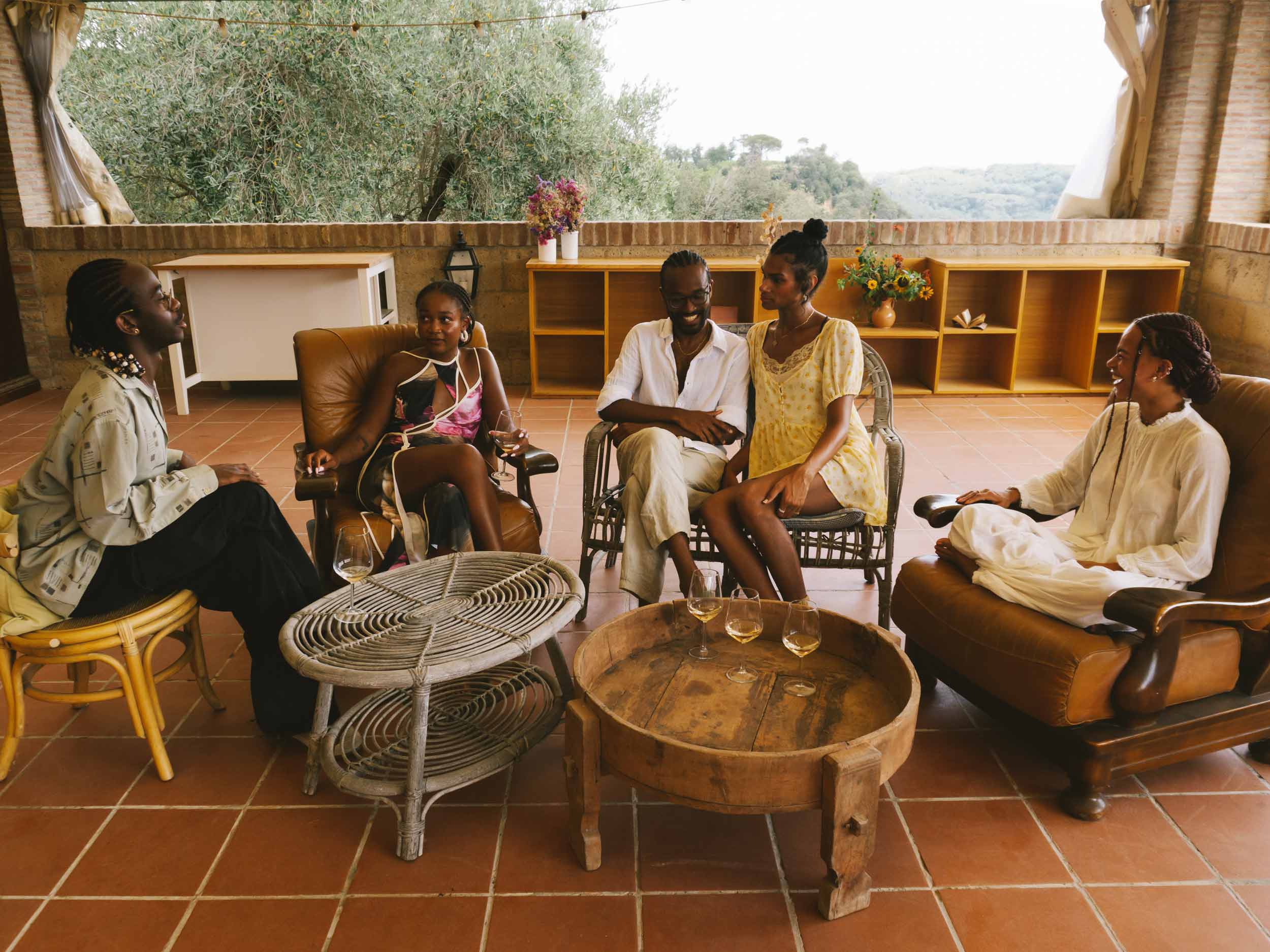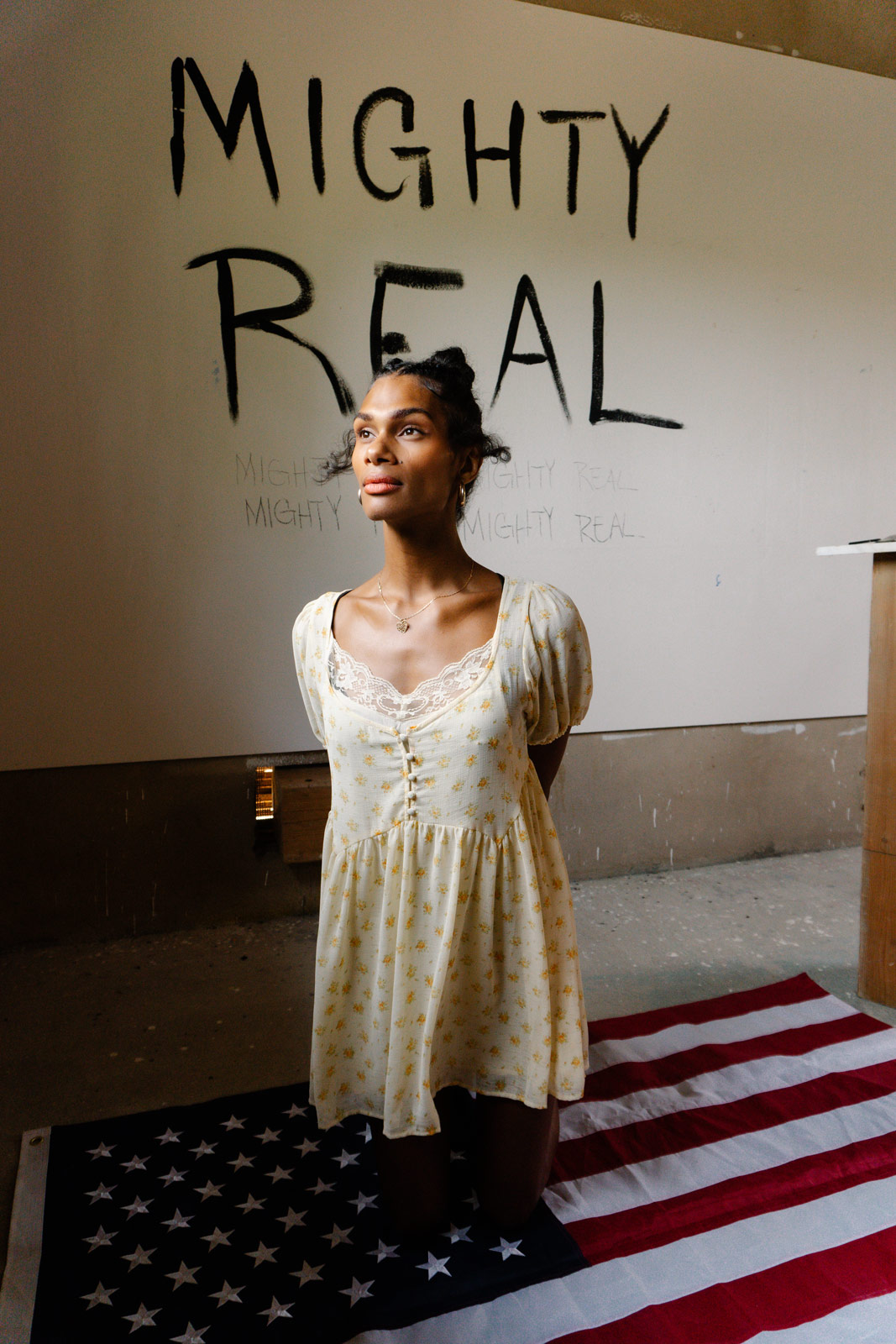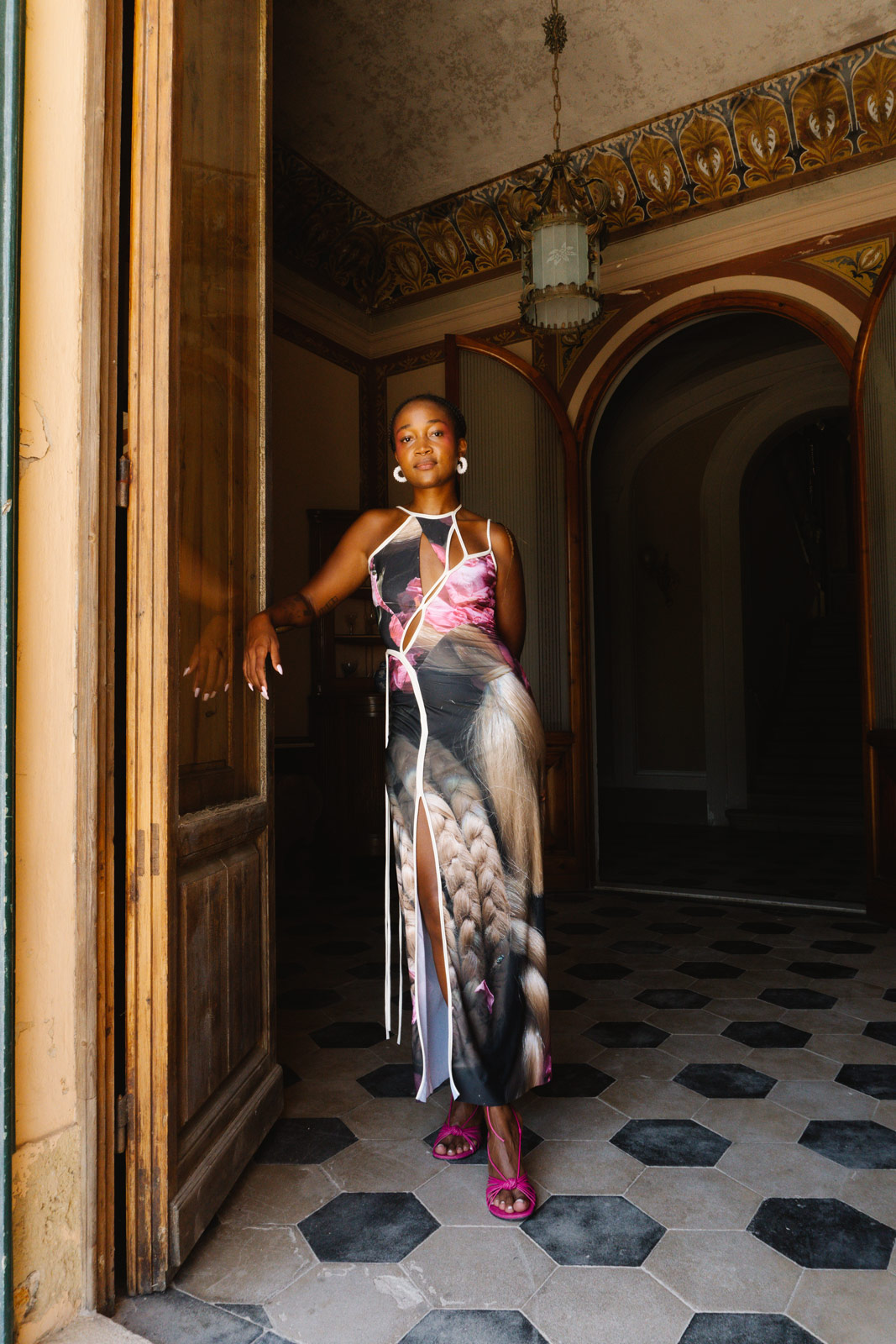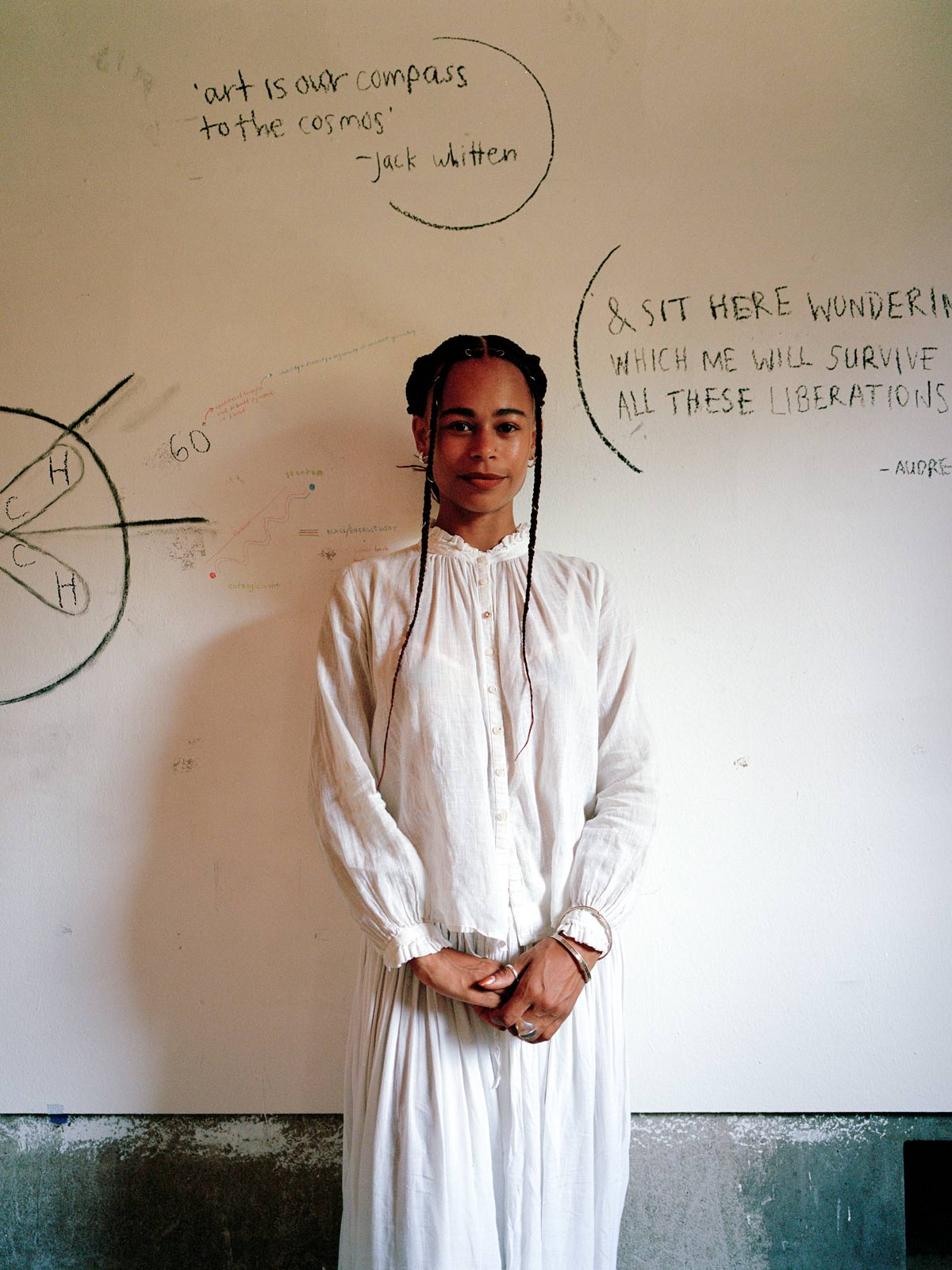A trio of creatives reflect on their residency with MQBMBQ, in partnership with Villa Lena
Untethered space and time are elements fundamental to the practices and experiences of Black queer artists. They provide sanctuary for creativity to flourish, in a world that so often harbors the opposite. In the third year of its partnership with Tuscan residency Villa Lena, My Queer Blackness, My Black Queerness (MQBMBQ) aimed to generate access to these resources with three fully-funded residencies specifically for Black queer artists.
The selected residents—writer Camille Bacon, musician and composer Jordan Boucicaut, and performance-based artist Ms. Z Tye—stayed four weeks in a rustic Tuscan villa, one of which was spent with curator and cultural critic Kimberly Drew, who served as their mentor and curatorial advisor. Each artist found their voice amplified, decoupling time and space to foster a form of camaraderie.
An open and nurturing environment supports belonging and empowerment, while also providing room for one to simply exist. This opportunity played a fundamental role in the work of Ms. Z Tye, whose practice explores the concept of LGBTQIA-BIPOC ancestral praise through performance. The dynamic fusion of traditional movement and contemporary expression invites the viewer to not only embrace the kaleidoscope of human emotion, but to feel innately comfortable in doing so.
“I don’t usually perform in theaters, or spaces where there’s a fourth wall,” she explains. “It inherently feels queer to bring spoken word to spaces that are not adapted for that. A lot of things come up that I can’t necessarily rehearse, from prompts within the space. It’s a beautiful way to discover emotional responses to the trans ancestry I’m in dialogue with. Falling into the hands of other creatives is something very special.”
Writer Camille Bacon, whose work revolves around the wayward ingenuity of the Black creative spirit, found solace and comfort in the residency’s month-long term. “Over the past year-and-a-half of cultivating an active writing practice, I’ve learned the discipline it takes to face yourself and the world on the page,” she says. “What I’m not used to is finding comfort in moments where I’m not outwardly productive. [This residency] demanded a kind of silence.”
Bacon’s practice further necessitates this tranquility because it involves tapping into a location that is not physical, but emotional: “The lineage of Black feminism is a site that is very important to me. I have a lot of subsets of my practice, driven by trying to access this knowledge—those moments where you look back in history and think, How the hell did this Black woman do this?”
Connecting with creatives from across the world encouraged an exchange of experiences, knowledge, and artistic insight. This sense of community—as brief as it was in the wider scope of things—empowered residents to amplify their voices, collectively fostering a more inclusive and vibrant landscape.
For Boucicaut, this togetherness added transformative value to his work of generating depth and individuality in music. “I feel a uniqueness, being a Black artist in classical music,” he says. “There has been this pressure to really be excellent at it, because I’ve been so rare of a sight. There was a period where I had to let that go, so that I could just be.” This freedom, Boucicaut continues, was brought on by the act of collaboration. “I used to do everything on my own. It has been so healing to rediscover trust and emotional safety in other people.”
During the last week of her residency, Ms. Z Tye orchestrated a moving performance entitled American Idoll, delving into the reality of growing up trans. The theatrical presentation embraced the input of her fellow artists-in-residence; the fusion of their energies not only enriched her work, but also exemplified the profound bond they built in Tuscany.















